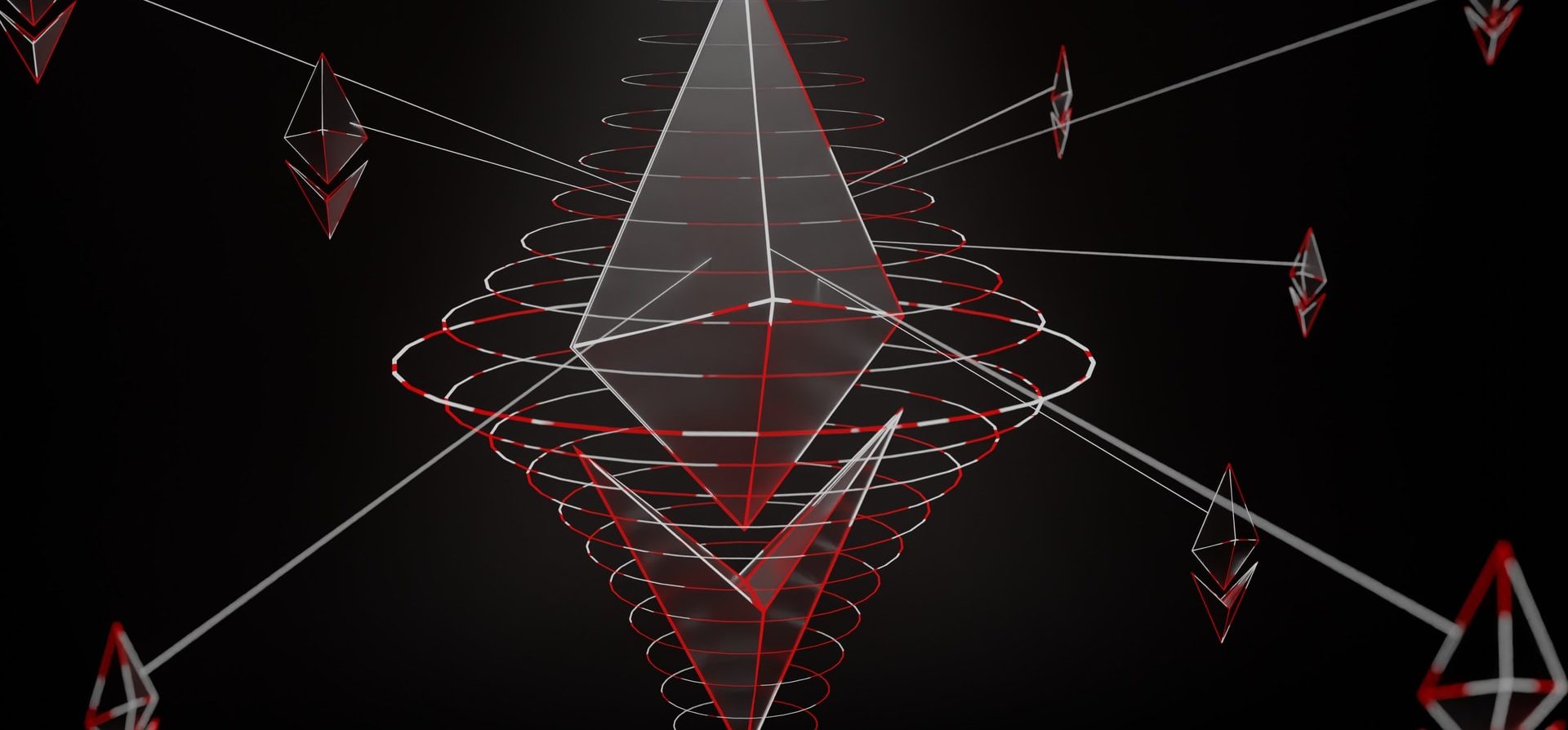Op-Ed: How AI and blockchain technologies liberate art
In 2022, it’s hard to imagine any art that’s isolated from technology.
AI, NFT, blockchain, DAO: these advances significantly impact the creative process. Almost all of these technologies are rooted in the desire to make human life better and free us from traditional boundaries. That’s why it’s so interesting to observe and study how technology is helping art become more unrestricted and more accessible as well.
What liberates an artist?
Art can not exist without the artist, so the first question is: what liberates them? I believe that one should channel creativity not from a place of want but rather from abundance. Traditional wisdom says that an artist should be hungry, but I don’t believe in this.
Even the grimmest, darkest art should not be rooted in emptiness, poverty, lack of resources, or hunger. Poor artists are not creative — they’re depressed. One of the most fundamental factors in an artist’s liberation is a respectable paycheck. Fortunately, we can see a growing acceptance of this notion, and artists are finding new ways to earn income that lets them live in abundance and create.
How do AI and blockchain, help artists?
First of all, the blockchain helps artists verify ownership and copyright of their work, which solves this colossal problem today and in the long run. According to the Fine Arts Expert Institute (FAEI) report in Geneva, more than 50% of the artworks examined were either not attributed to the correct artist or even forged.
The blockchain also allows artists to work in a fair and transparent ecosystem of royalty distribution that is directly tied to sales numbers. It will enable artists to sell their work on various Web3 marketplaces and at significant auctions, including Sotheby’s and Christie’s. The last house sold Beeple’s NFT artwork “Everdays: The First 5,000 Days” for an outstanding $69 million.
In addition, the blockchain expands the scale of collaboration, a critical factor in the world of music and art. I don’t believe in competition, but I sincerely believe in cooperation.
When NFT first came out, many artists said, “I’m on my own now! I don’t need a curator.” However, it turned out that the routine tasks handled by curators in the traditional market have not disappeared. Artists still need to determine how, where, and price to sell their works. It’s like an MMA tournament:: there are lots of fighters, but the show is the work of the managers.
In the NFT and DAO worlds, no man is an island. For this reason, platforms such as Triptych exist, a platform for working with digital art and physical art tokenization, giving curators an essential role. I would say that without them, it would be challenging for artists to benefit from the liberation that NFT and DAO projects and platforms can provide.
AI allows artists to create incredible full-fledged collections such as Singularity by AIIV and Mythologicals. The creator establishes their artistic style, then turns it over to AI as a kind of printing press, changing, expanding, and improving this collection.
Generative technologies, the basis of this creative process, make it possible to create many works and collections and distribute them to a broad audience using limited resources. For everyday users, this is a breakthrough: thanks to these technologies, anyone can easily license music, become a co-author and create their unique content.
All of this is possible with just a few clicks. In addition, generative technologies add an element of gamification, help develop the secondary market, make art more amusing and sought-after, and ultimately raise its price.
These reasons, among many others, are why the generative music platform Mubert has been in such high demand. In 2021, Mubert AI created 21 million tracks, with a total length of 62 million minutes.
What is the future of AI, blockchain, and art?
By July 15, 2021, trading volume on the top 10 NFT platforms had exceeded $2.8 billion. Throughout the entirety of 2021, the online art industry’s market in the U.S. grew to $5.65 billion, 6,6% higher than the previous year. The market is expected to grow past $5.8 billion in 2022.
The art market created using AI and based on the blockchain is also expected to grow. Sales numbers continue to change as artists come and go and technology evolves. Earlier technologies were merely tools; now, they themselves have built their separate markets.
Let’s take music as an example. Until the beginning of the last century, musical development was driven by advances in musical instruments, genres, and other creative elements. With the advent of sound recording, music could be produced, edited, and distributed hundreds of times faster.
New technologies allow it to develop rapidly, both in terms of distribution and by lowering the barriers to entry into this industry. Once upon a time, to create music, you needed countless different instruments and types of equipment. Now, all you need is a drum machine.
Thanks to the constant developments and reinventions in new software, plug-ins, and platforms, many people are producing music on their own: at least 50,000 new tracks are uploaded online every day. Art technologies now have to meet the same challenges as music: lowering the barriers to entry, which remain considerable in the NFT market, and simplifying distribution.
It would be incredible if everyone could create music and visual art. Art should be just as essential to our lives as conversation. Technology can make this possible. In that line, remember: you have to create from a place of joy and contentment, and not in a simple bid to get rich quickly.


